Even the simplest animals are incredibly complex. Higher vertebrates such as birds and mammals are made up of many tightly connected, interdependent moving parts that are difficult for non-biologists to keep track of. The following are 12 organ systems common to most higher animals.
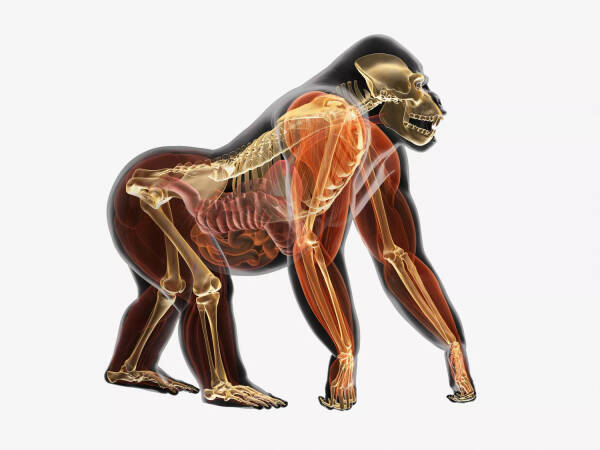

All cells require oxygen, a key ingredient in extracting energy from organic compounds. Animals obtain oxygen from the environment through their respiratory systems. The lungs of terrestrial vertebrates collect oxygen from the air, the gills of marine vertebrates filter oxygen from water, and the exoskeleton of invertebrates helps oxygen (from water or air) diffuse freely into the body. The animal's respiratory system also excretes carbon dioxide, a waste product of metabolic processes that can be fatal if it accumulates in the body.
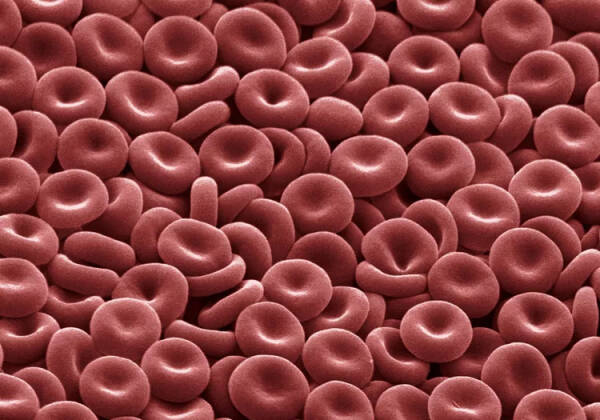
Vertebrates supply oxygen to their cells through the circulatory system, a network of arteries, veins, and capillaries that deliver oxygenated blood cells to every cell in the body. The circulatory systems of higher animals are powered by the heart, a dense muscle that beats millions of times during an organism's lifetime.
Invertebrate circulatory systems are much more primitive. Essentially, their blood diffuses freely in smaller body cavities.
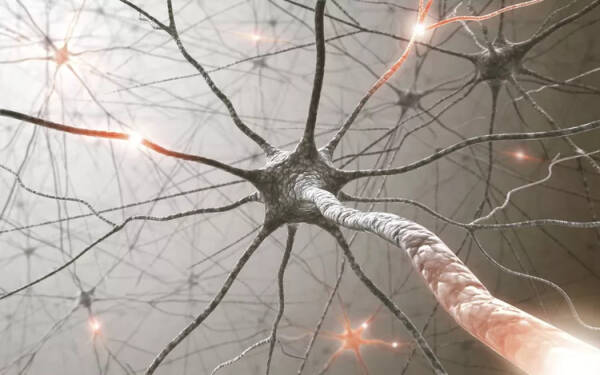
The nervous system enables animals to send, receive, and process nerve and sensory impulses, as well as move muscles. In vertebrates, the system can be divided into three main components: the central nervous system (including the brain and spinal cord), the peripheral nervous system (smaller nerves that branch from the spinal cord and carry nerve signals to distant muscles), and the glands ) and the autonomic nervous system (controls involuntary activities such as heartbeat and digestion).
Mammals have the most advanced nervous systems, while invertebrates have more rudimentary nervous systems.
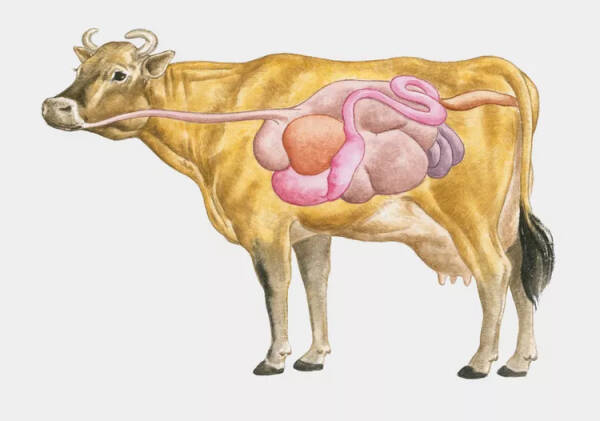
Animals need to break down the food they eat into its basic components to fuel their metabolism. Invertebrates have simple digestive systems - one end on top of the other (like worms or insects). But all vertebrates are equipped with some combination of a mouth, throat, stomach, intestines, anus, or cloaca, and organs that secrete digestive enzymes (such as the liver and pancreas). Ruminant mammals such as cows have four stomachs in order to efficiently digest fibrous plants.
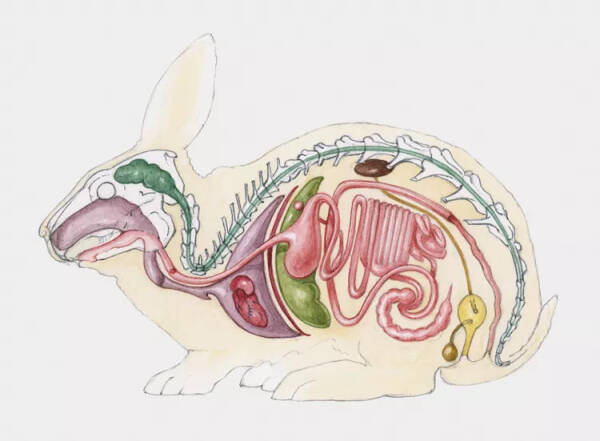
In higher animals, the endocrine system consists of glands (such as the thyroid and thymus) and the hormones secreted by these glands that influence or control various body functions (including metabolism, growth, and reproduction).
It can be difficult to completely separate the vertebrate endocrine system from other organ systems. For example, the testicles and ovaries (both closely related to the reproductive system) are technically glands. The same goes for the pancreas, which is an important part of the digestive system.
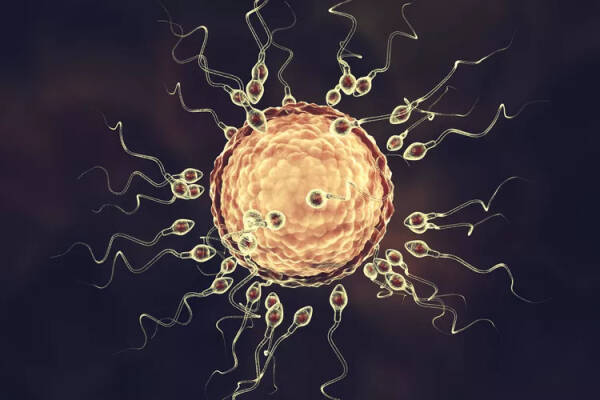
From an evolutionary perspective, the reproductive system is arguably the most important organ system, enabling animals to create offspring. Invertebrates exhibit a wide variety of reproductive behaviors, but most importantly, at some point during the process, the female lays eggs and the male fertilizes the eggs either internally or externally.
All vertebrates—from fish to reptiles to humans—possess gonads, paired organs that produce sperm (males) and eggs (females). Males of most higher vertebrates have a penis, and females have a vagina, nipples that secrete milk, and a uterus in which the fetus is conceived.
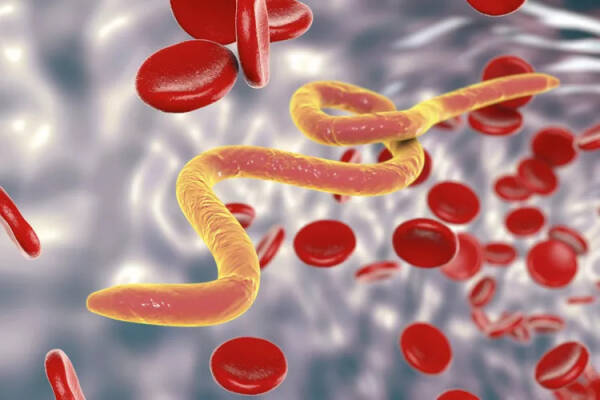
The lymphatic system is closely related to the circulatory system and consists of a network of lymph nodes throughout the body that secrete and circulate a clear fluid called lymph (actually the same as blood except that it lacks red blood cells and contains a slight excess of white blood cells) .
The lymphatic system is found only in higher vertebrates and has two main functions: maintaining the plasma component of the circulatory system supplying blood and maintaining the immune system. In lower vertebrates and invertebrates, blood and lymph are usually mixed together rather than processed by two separate systems.
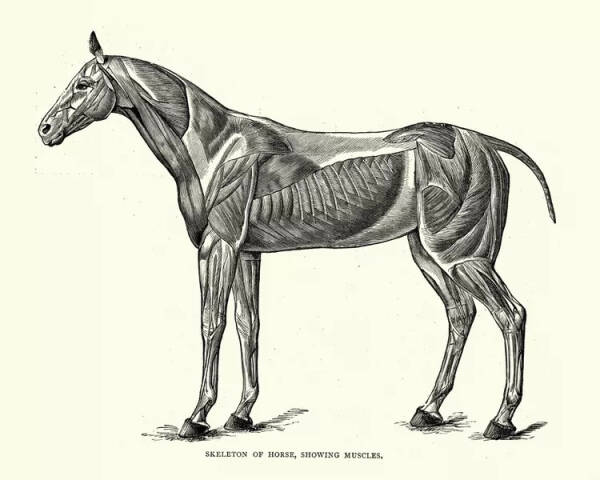
Muscles are the tissues that allow animals to move and control their movements. The muscular system consists of three main components: skeletal muscle (which enables higher vertebrates to walk, run, swim, and grasp objects with their hands or claws), smooth muscle (which is involved in respiration and digestion and is not under conscious control), and cardiac muscle (which enables higher vertebrates to walk, run, swim, and grasp objects with their hands or claws). circulatory system provides power).
Some invertebrates, such as sponges, completely lack muscle tissue but can still move due to the contraction of epithelial cells.

The immune system is perhaps the most complex and technologically advanced of all the systems listed here, responsible for distinguishing between an animal's natural tissues and foreign matter, as well as pathogens such as viruses, bacteria, and parasites. It is also responsible for mobilizing the immune response, which causes the body to produce various cells, proteins and enzymes to destroy invaders.
The main carrier of the immune system is the lymphatic system. Both systems are present to a greater or lesser extent in vertebrates and are most advanced in mammals.

Higher animals are composed of trillions of differentiated cells and therefore require some way to maintain their structural integrity. Many invertebrates, such as insects and crustaceans, have an external body covering made of chitin and other tough proteins called an exoskeleton. Sharks and rays are held together by cartilage. Vertebrates are supported by internal skeletons, called endoskeletons, assembled from calcium and various organic tissues.
Many invertebrates completely lack any type of exoskeleton or endoskeleton. Consider soft-bodied jellyfish, sponges and worms.
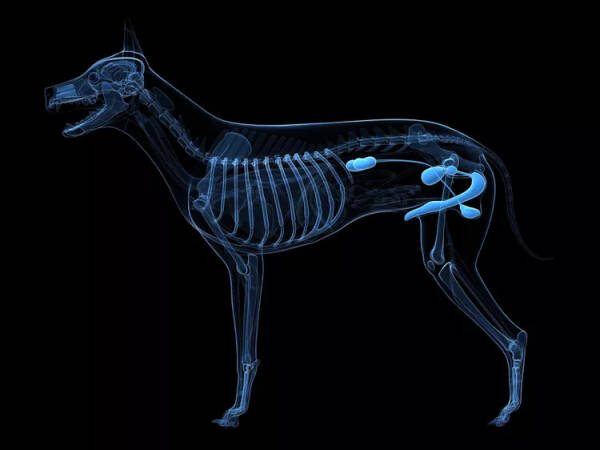
All terrestrial vertebrates produce ammonia as a by-product of the digestive process. In mammals and amphibians, this ammonia is converted to urea, processed by the kidneys, mixed with water, and excreted as urine.
Interestingly, birds and reptiles secrete solid forms of urea along with other waste products. Technically, these animals have a urinary system, but they don't produce liquid urine. Fish excrete ammonia directly from their bodies without first converting it to urea.
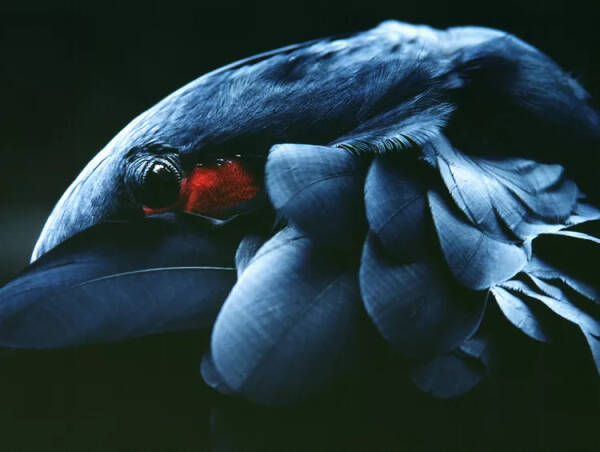
The integumentary system consists of the skin and the structures or growths covering it (feathers of birds, scales of fish, hair of mammals, etc.) as well as claws, nails, hooves, etc. The most obvious function of the integumentary system is to protect the animal from environmental hazards, but it is also essential for thermoregulation (the coating of hair or feathers helps retain body heat) and protection from predators (the animal's thick shell). Turtles make them an unpalatable snack for crocodiles), can sense pain and stress, and in the case of humans, can even produce important biochemicals like vitamin D.
animal tags: vertebrate
We created this article in conjunction with AI technology, then made sure it was fact-checked and edited by a Animals Top editor.